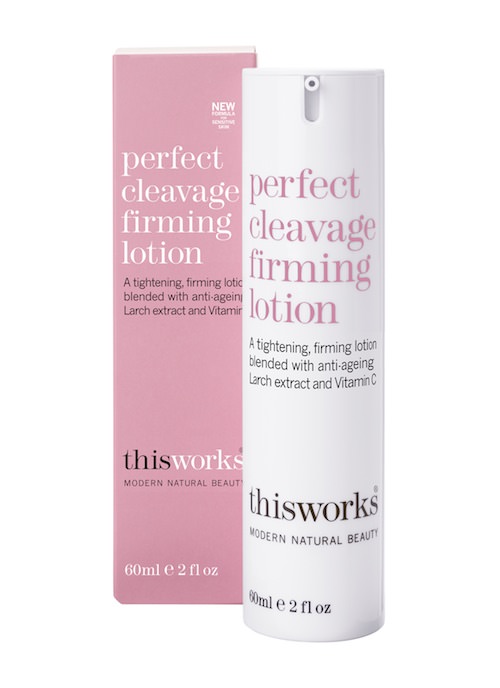When breast augmentation surgery goes wrong
Sadly, not all breast augmentations achieve the desired results and there are a few conditions and complications you should be aware of if you are considering this surgery.
Capsular contracture
If your breast implants feel hard and / or have moved from their original position, you probably have capsular contracture. Your body naturally forms a ‘capsule’ around the implant because it is seen as a foreign object. Capsular contracture is when the capsule becomes too thick and can occur for a number of reasons: your genetics may naturally create thicker capsules, you may have had multiple correctional procedures during surgery, there might have been bacteria present during surgery, or silicone could have leaked from the implant. In these instances your body produces extra collagen, which causes the scar tissue to thicken. If it becomes too pronounced and causes pain or a deformed shape, you will need corrective surgery.
Rippling
Your surgeon will have placed the implant with enough room around it to accommodate the capsule that will form. However, everyone heals differently, and if you don’t form a thick enough capsule around the implant, you can be left with a rippling effect where you can see the outline of the implant through your skin.
Synmastia (also Symmastia)
If your breasts appear connected and the implants meet in the middle of your chest, this is known as Synmastia, or more commonly “uniboob” or “breadloafing”. It is usually the result of over-dissection of the tissues in the cleavage area – sometimes unintentionally, sometimes in the hope of creating a cleavage in breasts which are naturally spaced wide apart. This problem is more prevalent in women who are thin or have a depressed breastbone, in which case smaller implants should be used to prevent the problem.
No cleavage
The opposite problem to the uniboob, is no cleavage at all and the new breasts seeming too far apart and / or facing out and down. If the breasts appear this way straight after surgery, then it is likely to be due to poor placement of the implants, or where the crease under the breast has been lowered too far. However, this look can occur later as the result of post surgery movement of the implants, which is quite common given gravity and the natural movement of the pectoral muscle.
Double bubble and bottoming out
The crease beneath the breast can often be lowered during a breast augmentation, either to correct asymmetry or to accommodate a large implant. When the old crease retains its memory, it can create an indentation along the lower half of the breast which is known as “double bubble”. A similar look is caused by “bottoming out”, when the implant descends below the crease and fullness is lost at the top of the breast. If you appear to have either complication, see your surgeon for exact diagnosis and advice.
Unhappy with the results?
You need to wait until all the swelling has gone down and the breasts look normal before you can really tell if you have the results you wanted. If, after this time, you are still unhappy with your new breasts, your first port of call is to speak to your surgeon and discuss your concerns and options. Sometimes, in many of the above cases, revision surgery can be relatively easy and can correct the problem. If you are having further procedures however, it is important to be realistic about the results through detailed consultation with your surgeon.
Complaint procedure
All independent clinics and hospitals must be licensed with the Care Quality Commission (CQC) in order to provide surgical services – this is the regulatory body that ensures patients are treated safely and reduces the risk of poor practice. You should direct any complaints to the CQC in the first instance.
Latest Cream Review
Browse Categories
Most popular
Dr. Organic Moroccan Argan Oil Breast Firming Cream Review
Dr. Ceuticals Bust Boost Review
UK beaches uncovered: The topless top five
Palmer’s Cocoa Butter Bust Cream Review
The politics of breasts: Know your rights
Strapless, backless or plunging – bra solutions for every dress dilemma
Nutrition and lifestyle for breast cancer prevention


